If the river's not flowing, is it still a river? Learning about the Verde River Watershed
Alexandra Fries ·Emily Nastase, Andrew Elmore, and I traveled to Cottonwood, Arizona in November 2018 to kick off the Verde River Watershed Report Card project. This project is supported by the Forest Service, with partners from the Friends of the Verde River and The Nature Conservancy. We started the trip with a full day in the field on November 12th, driving around the Verde Watershed and getting a feel for the region. Our partners took us to several sites around the river including an overlook near Peck’s Lake, the Tuzigoot River Access, Hickey Ditch Diversion, Spring Ditch near Oak Creek, and another site in Camp Verde.
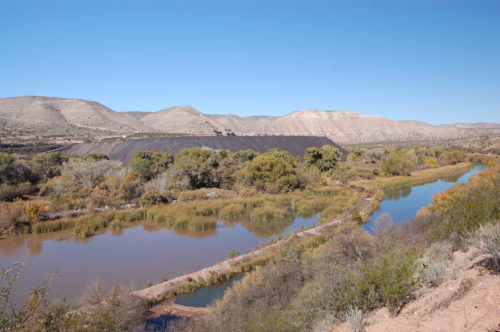
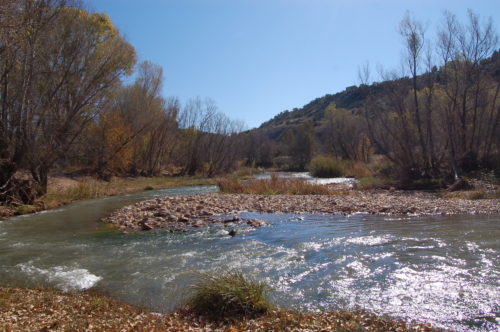
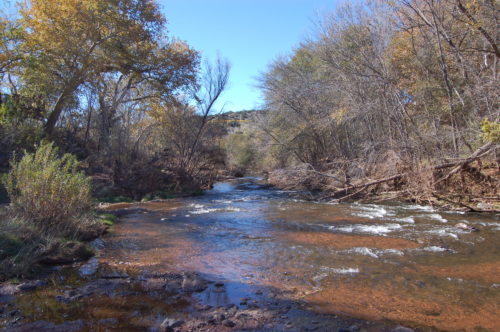
After the river visits we went to a local business that is producing local barley for beer in the Verde Valley. We were able to see the interesting machinery and hear the unique story of how barley is prepared to be used in beer production.
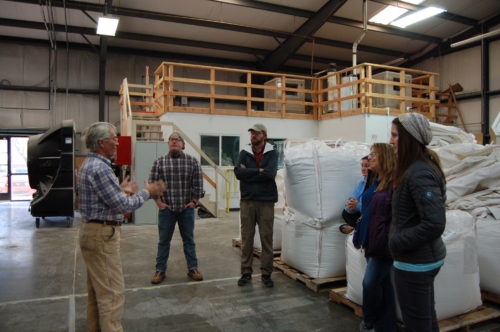
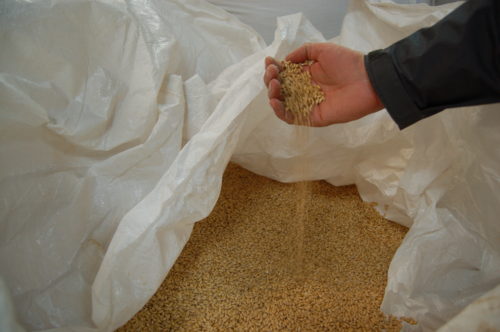
We began the second day of our visit at the Cottonwood Riverfront Water Reclamation Facility where we attended the fall meeting of the Verde Front Leadership Council in the morning. The Verde Front is a cross-jurisdictional, multi-stakeholder effort to work together throughout the Verde Valley to promote sustainable recreation and tourism. I spoke briefly at their meeting about the report card process and many of the participants stayed past their meeting to join the first half day of the workshop which began after lunch.
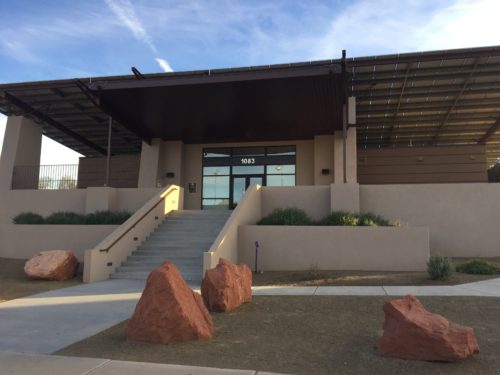
The primary objectives of the workshop were to conceptualize the system of the Verde River, identify potential indicators and available data, and discuss possible thresholds for scoring the data and synthesizing it into a report card. We had 1.5 days for the workshop and got through a lot of the objectives during that time. There were about thirty people in attendance. Overall it was a great group and we had a lot of interesting discussions about the issues the Verde is facing. Something we don't normally encounter is how to deal with indicators when a river has no water in it. In the Verde, there are places where flow is very low or intermittent during certain times of year.Thinking about flow in a system that can be water limited is really interesting, especially when deciding how fish populations can be protected in the future.
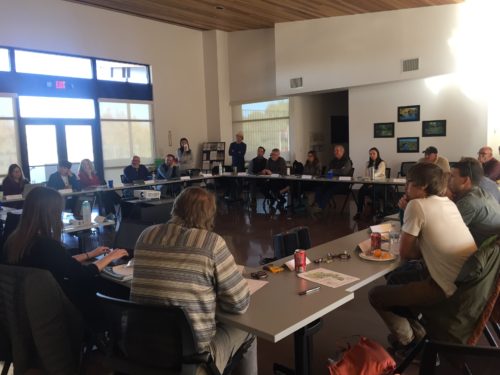
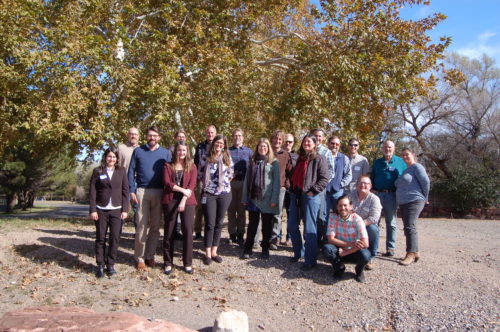
Following the workshop, a newsletter was developed summarizing the results and looking ahead to the future of the project. We are really excited about the project and about working in such a unique place like the Verde River.
About the author
Alexandra Fries
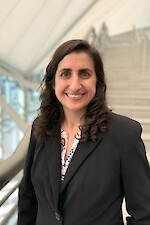
Alexandra is a Program Manager at the Integration and Application Network (IAN) based at the University of Maryland Center for Environmental Science in Annapolis MD. Alexandra’s work in environmental management has been focused on assessment, monitoring, and management of aquatic, marine, and terrestrial ecosystems. Alexandra has extensive experience in data analysis, synthesis, mapping, interpretation, and communication. Alexandra has experience working with a diverse group of partners including those in local, state, and federal government, non-governmental organizations, non-profit organizations, private industry, and academia. Within IAN, Alexandra conducts data analysis, synthesis, and communication by completing environmental report cards, updating the IAN website, and conducting science communication courses. Alexandra also creates science communication materials such as diagrams, posters, presentations, newsletters, and reports using Adobe Creative Suite, Microsoft Office Suite, and ArcGIS. Alexandra has experience managing projects and staff on local and international projects, liaising directly with partners and colleagues, and providing insights on project direction and goals.

